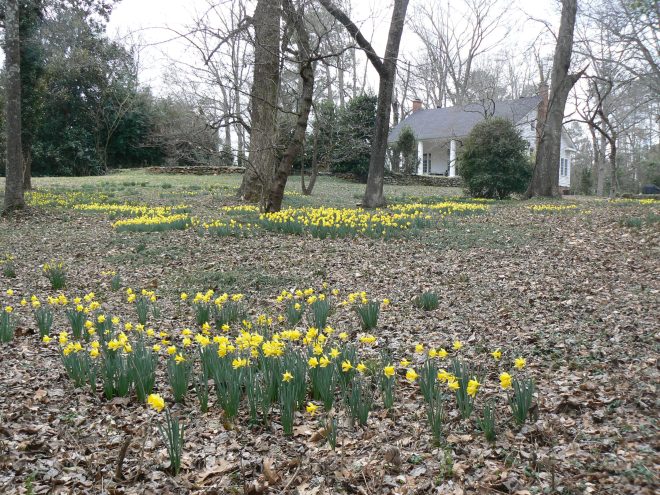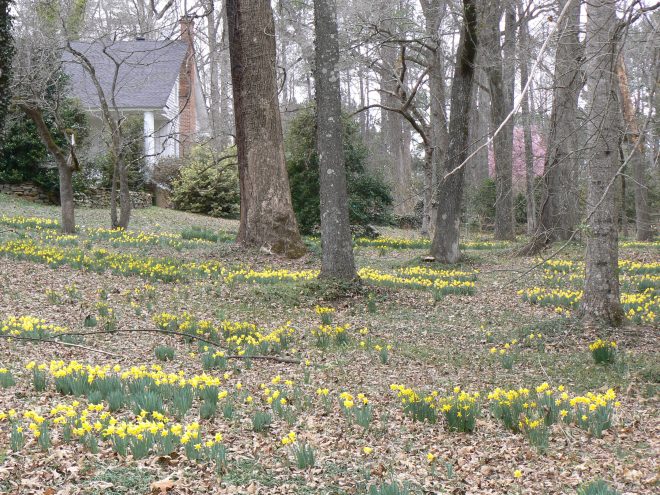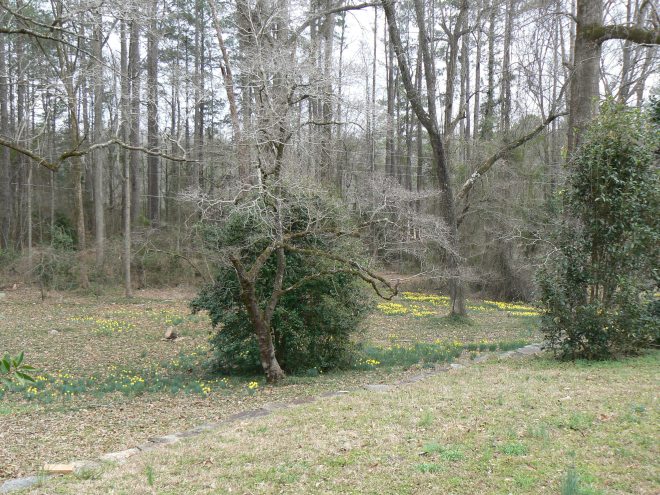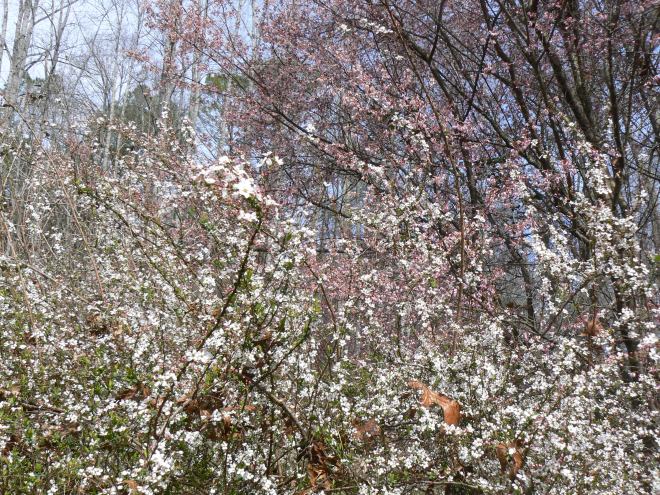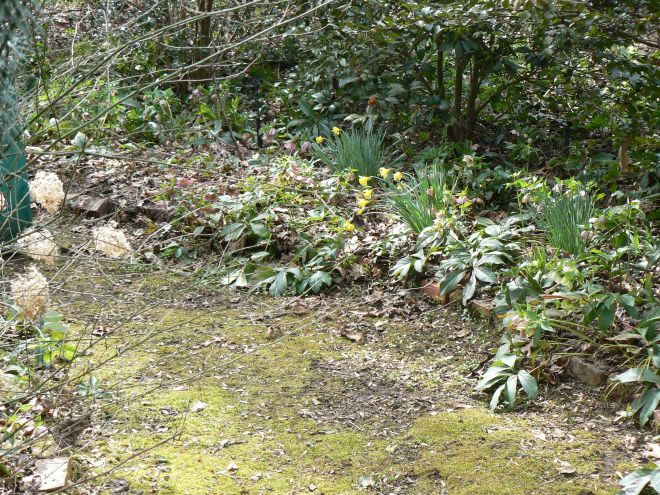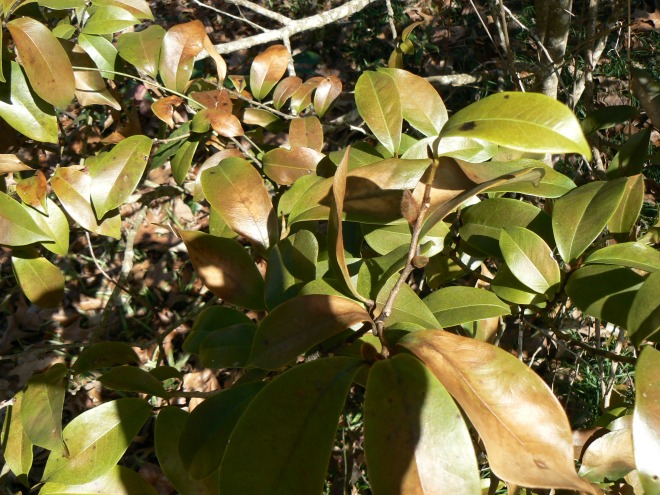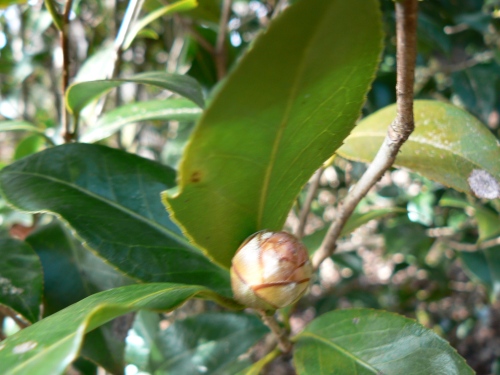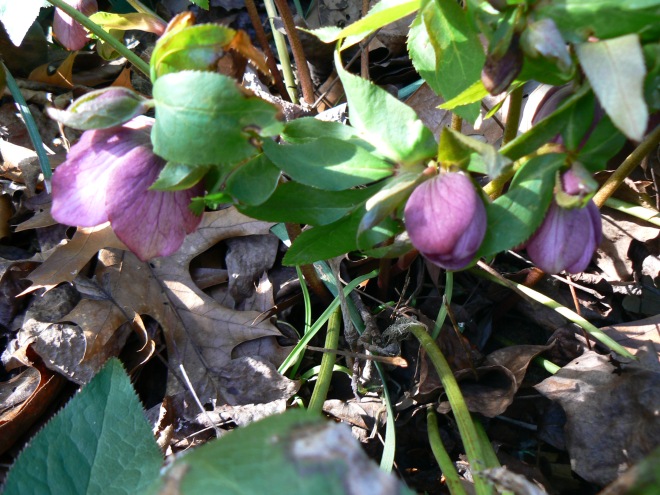Spring is announced in the ‘Wordsworth Meadow’
It does fill my heart with joy!
Every year the display increases. Presently scouting old abandoned homeplaces to rescue more Narcissus to add to the meadow.
If you have been reading this blog then you know these are ‘old timey’ bulbs that have survived for years unattended. The modern cultivars I originally planted disappeared after a season or two.
The sweep of Narcissus on the left in the above photo is a younger planting than the one on the right, equal number of bulbs. Time is a huge element in garden design.
MORE SCENES FROM AROUND THE GARDEN:
Prunus ‘Okame’ and Spiraea, wish you could hear the bees a -buzz at the ‘all you can eat buffet’
Helleborus orientalis & Narcissus and the ghost of last summer’s Hydrangeas.
Of all the garden areas, it is the ‘Wordsworth Meadow’ that holds my heart. It is still unfinished….

